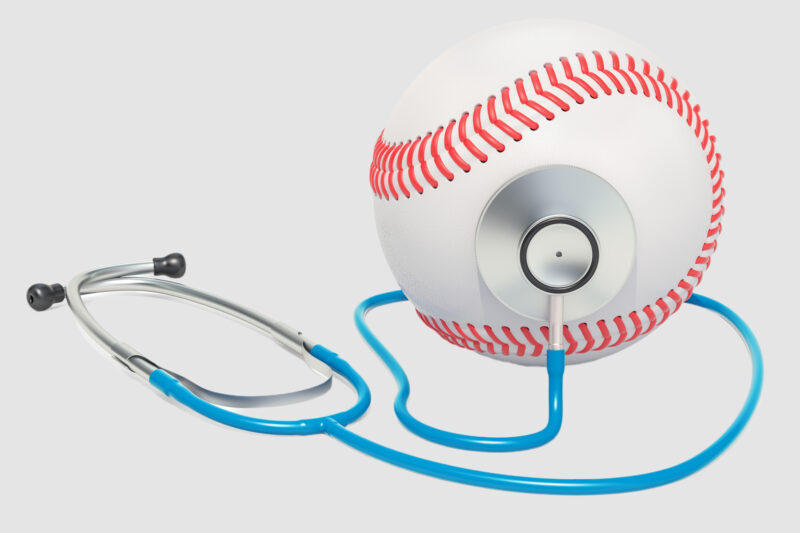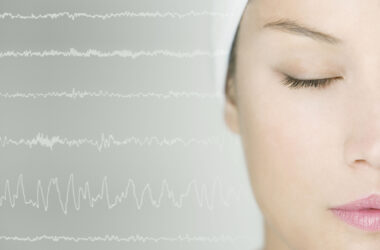The NCAA Division One College Baseball World Series just wrapped a few weeks ago with the Oregon State Beavers taking home the national championship.
The MLB is in full swing of its very long season and even little leagues across the country are participating in summer baseball fun. However, baseball can be challenging on the body due to the repetition of motions and extended seasons.
Kuether Brain and Spine wanted to analyze some of the injuries seen in the popular American sport.
An estimated 13.96 million Americans play baseball and like any sport there is the possibility of injury during training or competition.
Three injuries sometimes seen in baseball players outside of the very common elbow and shoulder injuries include neck strains, concussions and back pain.
Neck Strains
Baseball players can suffer from neck strains from improper throwing technique, collision with other players during play or lack of necessary stretching.
Another reason some players may experience a neck strain is due to imbalanced neck muscle strength; it is critical to strengthen both sides of the neck to protect it.
Players can perform resistance exercises in all motions of the neck such as flexion, extension, rotation and lateral flexion, which can be done manually with the help of a coach or teammate or through a recommended and advised equipment workout routine. It is also important to note the difference between sprains and strains.
A sprain is the stretching or tearing of ligaments (commonly seen with ankles) whereas a muscle strain is the stretching or tearing of muscle tendons. If a player strains their neck muscles, he/she must take the healing process seriously by resting and participating in recommended physical therapy to help prevent further or prolonged injury.
Concussions
Although baseball is categorized as a low contact sport, concussions are still relatively common.
Players do take precautions by wearing helmets while batting, but concussions can still occur by being accidentally hit by the bat, player collision or being hit by the ball during play or practice.
In order to best protect players, all participants should partake in concussion baseline testing to allow for proper identification if a concussion occurs.
Protective headgear and helmets are also helpful in addition to education of proper bat safety and sliding techniques.
Coaches and parent volunteers should also be educated in identifying possible concussion symptoms such as confusion, nausea, fatigue, mental fogginess, headache and loss of consciousness among others.
Back Pain
The extreme motions required in pitching, catching and throwing techniques coupled with baseball’s requirement of constant repetition of these motions can put strain on the back and spine.
Poor mechanics and improper technique in any of these common actions can increase the likelihood of injury to the back and spine for baseball players.
In some cases, for those who are susceptible, adolescent players can develop spondylolysis, which is a defect in the connection between vertebrae that affects 3 to 7 percent of the population correlated with the repetition of strenuous motions and/or overuse from playing.
These injuries are something to be aware of as children, teenagers and adults play baseball.
Kuether Brain and Spine hopes the thousands of Americans who participate in baseball are able to stay safe during their seasons of play and in their careers. For those local players who experience an injury to their neck, head, back or spines, Kuether Brain and Spine can help.
To find out more about Dr. Todd Kuether, please visit our website.










